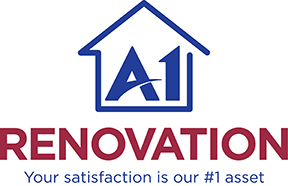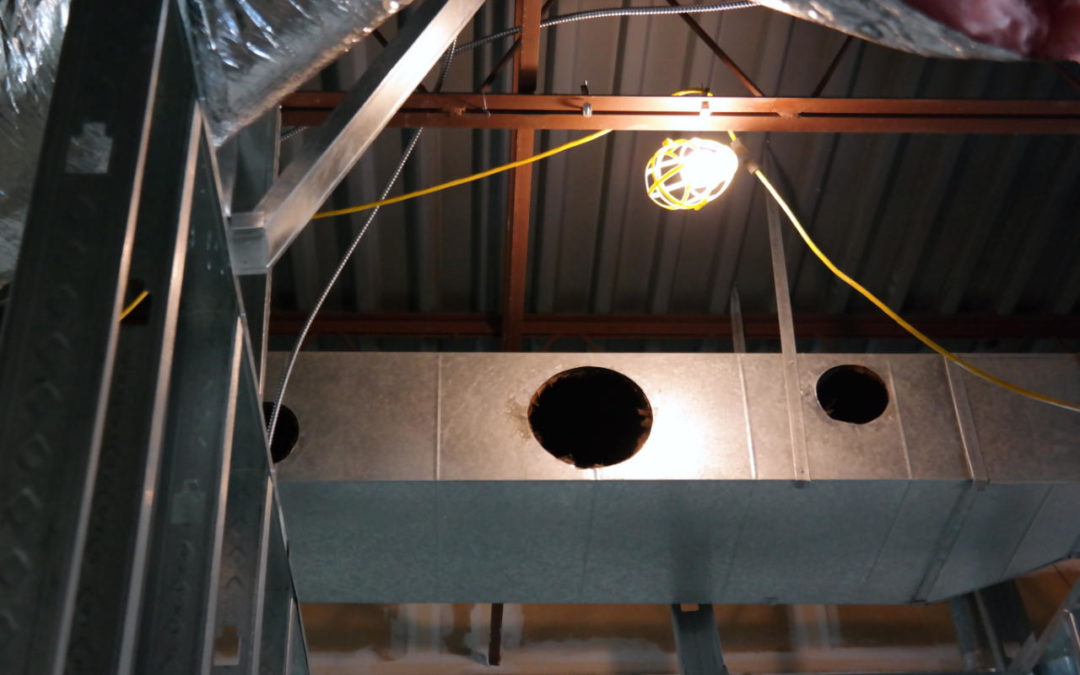With material costs already higher than usual, homeowners are often looking for ways to keep the remodeling budget under control.
While none of the work we do cuts corners or compromises safety, there are definitely certain aspects of remodel projects that tend to drive the costs up more than others. Being aware of those things can help you plan your projects accordingly, or potentially make different decisions.
Here are the big ones:
- HVAC work – If your remodel involves altering duct work, or making additions to a current HVAC system to accommodate a new space, or to heat a newly finished space.
- Plumbing work – Converting rooms often involves plumbing work. Sometimes it’s because you’re adding sinks or toilets, or even a shower, to a space that didn’t have them before. Or perhaps you want to reorganize a bathroom and move where fixtures appear. In any case, making changes to plumbing can greatly improve functionality but also tends to add expenses to the project quickly.
- Electrical work – This can be changing outlets, reworking old and insufficient electrical routing, adding light fixtures, and more. Another one that adds great functionality, but also jumps the costs up.
This is of course not to say to avoid remodel projects that involve any of these things. For several typical types of remodels it’s tough to avoid them.
But it makes a difference, in a kitchen remodel as an example, if you’re primarily changing out cabinets and counter tops vs. also changing electrical systems or adding outlets, etc.
What we would say is to be specific in your vision for what you’re hoping to accomplish in your remodel. If you think you’d be happy with upgrades that avoid the above items, great, and you’ll have made your project more affordable.
If you really want to change or enhance the functionality of the space, or modernize an older home, don’t avoid those things just to save on costs. At that point there’s no avoiding it, and factoring those costs in wisely with a reputable contractor can still be more affordable than waiting until there’s a problem and trying to address it then.


